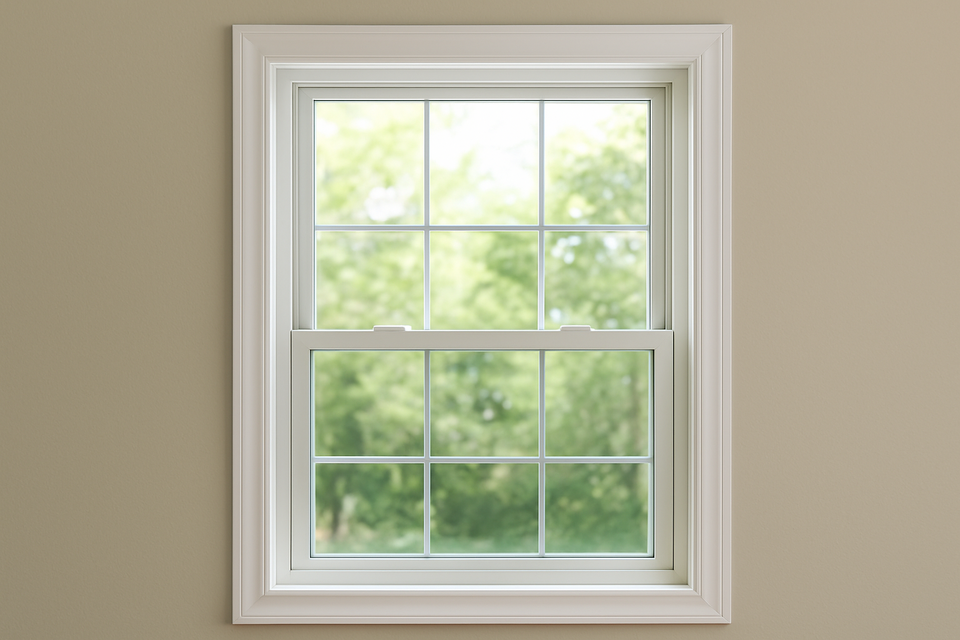A wise coach once said, “Even if you’re on the right track, if you’re not moving fast enough…you get hit from behind.”
Our world has certainly sped up within our lifetimes, and the rate of change feels exponential. With change come consequences—and then there are the unintended consequences.
As regulations have required us to build tighter and tighter structures to save energy, we’ve created some interesting challenges as side effects. Houses this tight often struggle to “breathe,” and poor indoor air quality and mold are two unintended—but very real—issues. Indoor air quality can be improved by properly engineering makeup air into the HVAC system and/or using air exchangers. Mold can be addressed through pretreatment of building components, moisture control, and proper building envelope planning and construction.
Who gave much thought to indoor air quality or mold thirty years ago? Back then was just the beginning of super-insulated building envelopes, and we hadn’t yet learned the lessons we know today.
Building code changes are far from over, and we’ll be aiming at a moving target—closing in on Net Zero—for years to come.
Doors and windows have evolved with the codes as well. Thirty years ago, a door or window wasn’t even rated for air or water infiltration. If they had been, they would have scored very low on today’s Design Pressure (DP) or Performance Grade (PG) ratings. Today, we see double-hung windows with DP70 ratings, whereas three decades ago you would have been lucky to see the equivalent of a DP20. Doors and windows are now built to much higher performance standards—and given how tight houses are today, they have to be.
As the only operable parts of the building envelope, doors and windows are subjected to incredible forces caused by differences in internal and external pressure. In the old days, houses could equalize easily. Remember those drafts we grew up with in older homes? That airflow allowed pressure and moisture to balance naturally between inside and out. Remember the old hurricane survival technique? It was to crack open the windows on the leeward side of the house, helping equalize the tremendous outside storm pressure and preventing the house from literally sucking water and air inside.
Windows and doors engineered to meet today’s higher standards will only perform to their rating if they are installed exactly as designed. To that end, the Building Code requires that they be installed in accordance with the manufacturer’s installation instructions. These instructions are remarkably similar across manufacturers, since the performance ratings are issued by the National Fenestration Rating Council (NFRC). Not following those instructions is not only a code violation—it’s also a potential warranty issue. The last thing anyone wants in the event of a problem is to be debating with the factory over whether the issue was caused by installation.
If we do it right, we only have to do it once. We’re happy to help by teaching your crews how to install windows and doors to factory specifications. For those who don’t enjoy reading multi-page instructions in multiple languages, we have installation videos and jobsite training available so that your subs or employees can install to the letter of the law. Simply weigh the cost of an ounce of prevention against the always-expensive pound of cure, and remember one of our Shepley favorites: “We get what we inspect, not what we expect.”
We’re here to help!
